Blue thuja: varieties, tips for choosing, planting and care
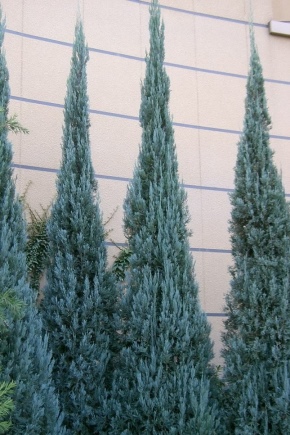
Every gardener dreams of decorating his plot with evergreen shrubs. Such spectacular and unpretentious plants include thuja. The tree has a presentable appearance and amazing aroma. The varieties are striking in their beautiful color palette. Blue thujas have won a special love of gardeners.
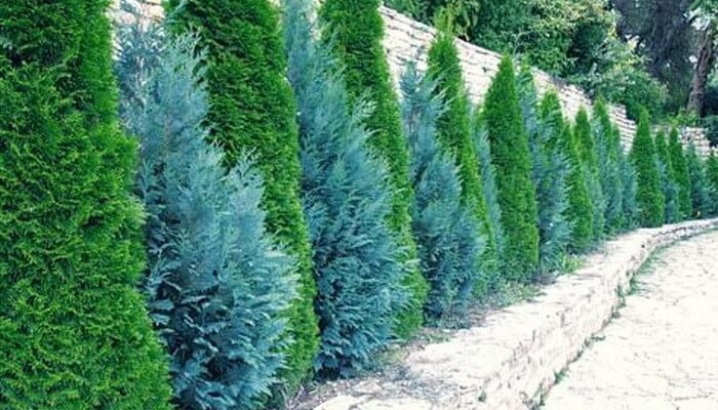
Peculiarities
Translated from Greek, the name of the plant means "incense". This is the process of burning wood, which produces an amazing aroma. In addition, the evergreen shrub is a “long-liver”. A miniature tree has been growing and developing for over 100 years. Its color scheme is quite varied. There are thuja of green, brown, yellowish and blue colors. Soft needles and graceful branches resemble cobwebs. Some varieties are small shrubs, while others grow up to 3 meters. The root system of the frost-resistant shrub is strong and compact. It can be easily transplanted from place to place.
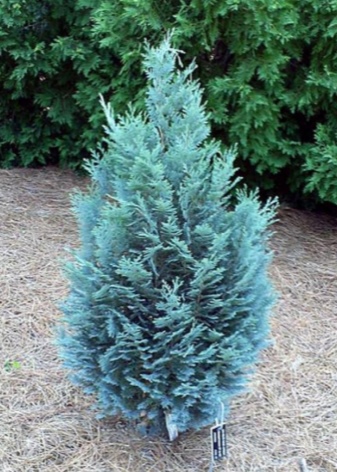
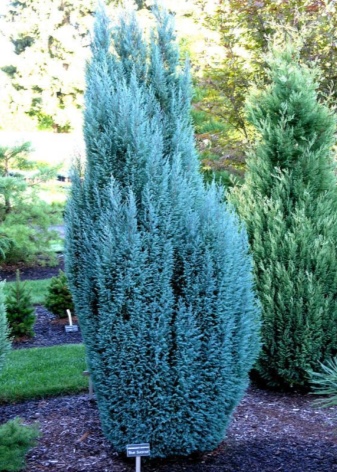
Tuyu is a highly revered landscape designer. Beautiful trees are ideal for decorating parks and squares. They are often planted along the tracks.
Description
Experts distinguish several main varieties of thuja. Among them:
- Eastern;
- Western;
- Folded;
- Korean;
- Japanese.
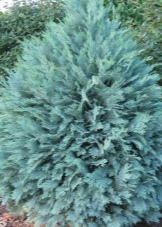
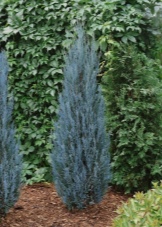
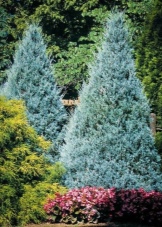
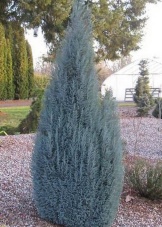
Species vary in size, color, and other external features. Thuja with blue needles occupy a special place in gardening. They are a type of oriental tui. Their needles have a beautiful bluish tint. The trees are quite tall and voluminous (up to 3 meters). The branches are arranged vertically. Blue thuja perfectly tolerate adverse weather conditions. For example, plants have excellent drought tolerance, which is why gardeners from the southern regions of Russia love them so much. Trees grow on fertile and swampy soils.

There are two types of blue thujas.
- Blue Con. It is an oriental thuja with well-developed branches. It is characterized by intensive development (it grows about 20 cm per year). It has flat vertical branches (directed vertically) with bluish-green needles. There are also trees with aqua needles. This variety is unpretentious in care. Great for planting in the South. In northern latitudes, where severe winters prevail, Blue Coons can die from the cold.
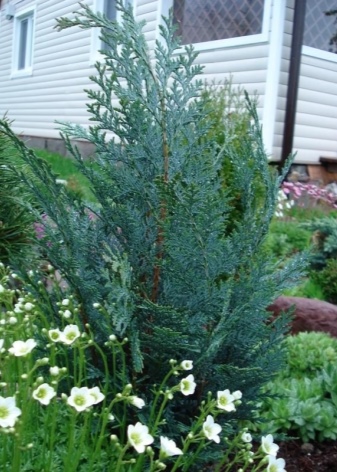

- Meldensis. Variety of eastern thuja with an egg-shaped crown in "youth", which eventually becomes pyramidal. The thick, fan-shaped branches are decorated with bluish-green needles. In winter, the plant darkens, acquiring a lilac hue. Meldensis looks very impressive on garden plots.
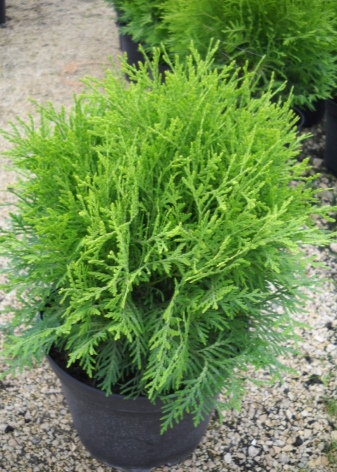

The longevity of a particular variety will depend on conditions and care. Varieties with bluish needles require warmth and space. Eastern thujas do not like low temperatures and need shelter in winter. Any soil is suitable for them, especially stony ones. You should not plant these shrubs in a darkened place, they also do not particularly like drafts. This variety is perfect for sunny outdoor areas. Blue thuja ranks first among conifers in landscape design. Shrubs are used to construct beautiful compositions in the form of various figures. Also, unusual trees go well with spruces.
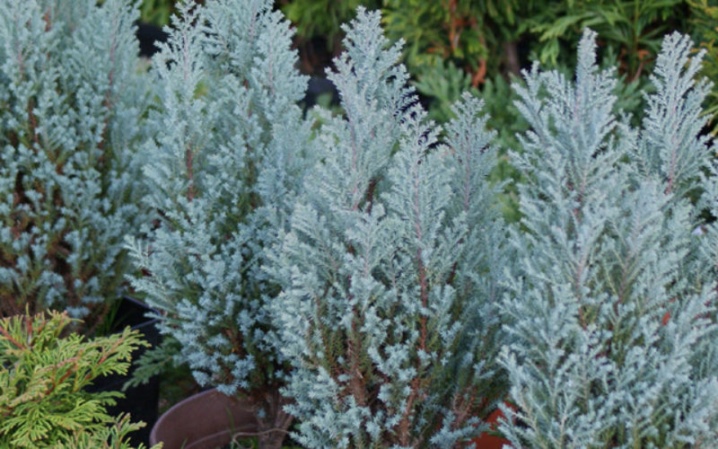
Note that by the appearance of the shrub, it will be possible to draw a conclusion about its condition. If the thuja needles have a healthy appearance and are filled with moisture, then the place and rules of care are chosen correctly.In the case when the needles look dry and fall out profusely, then the tree does not have enough moisture and fertilizer.
Choice
Thuja seedlings are bought in proven nurseries or garden centers with an impeccable reputation. Plants in containers are the best option. At the same time, the root system is securely closed. This planting material is ready for planting at any time of the year. However, it is best to plant thuja in spring. The plant will root perfectly and be ready for the coming winter. When choosing seedlings, you should pay attention to the shape of the crown and the color of the needles. A plant with a suspicious appearance is not worth purchasing. Also, it is not recommended to buy blue thuja "off hand" on the market. It can be not only weakened with lifeless roots and shoots, but also infected with fungal diseases.
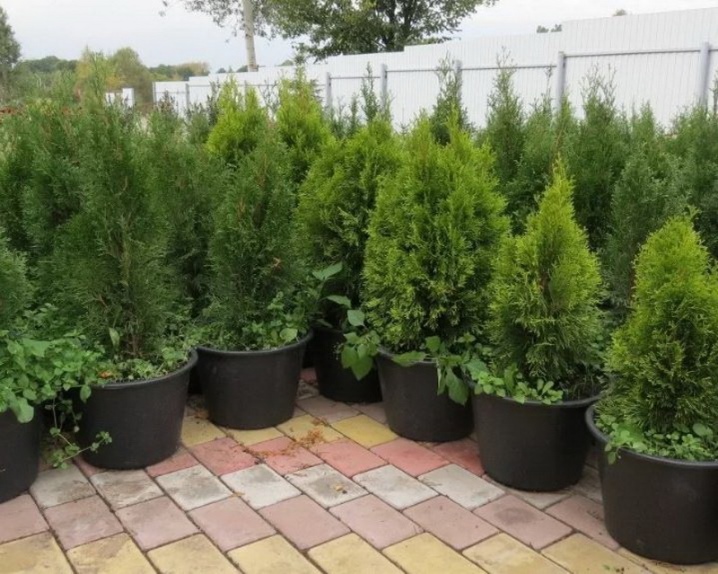
Planting and leaving
The plant is planted in early spring or autumn. Before planting, seedlings in containers are watered abundantly. Dig a hole 30 cm deeper and wider than the previous container in which the plant was. The tree is planted in a hole, gently spreading the loose roots. Next, cover the hole with soil and water it abundantly. As soon as the soil dries up, the soil surface must be mulched with peat.
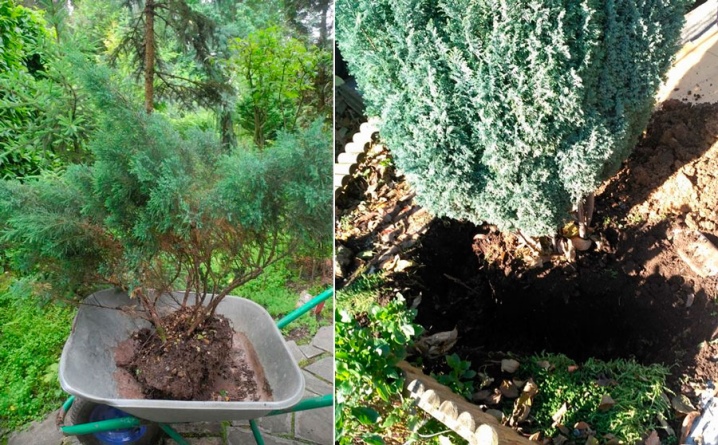
Blue thuja tolerate drought well, nevertheless, the shrub needs regular watering. The first time after planting, they are watered every week, then the procedure is reduced to 2 times a month. Blue thuja needs feeding (in spring and autumn). A complex mineral fertilizer is perfect for a plant (for example, a solution of "Kemira Universal"). In addition, for blue thuja, pruning and treatment from fungal diseases and insects is necessary. In winter, the thuja is covered with spruce branches.
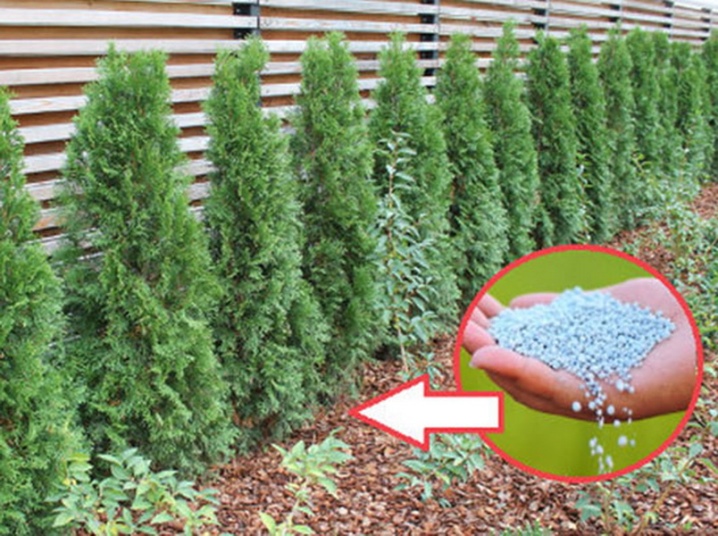
For information on how to plant a blue thuja correctly, see the next video.



































































The comment was sent successfully.